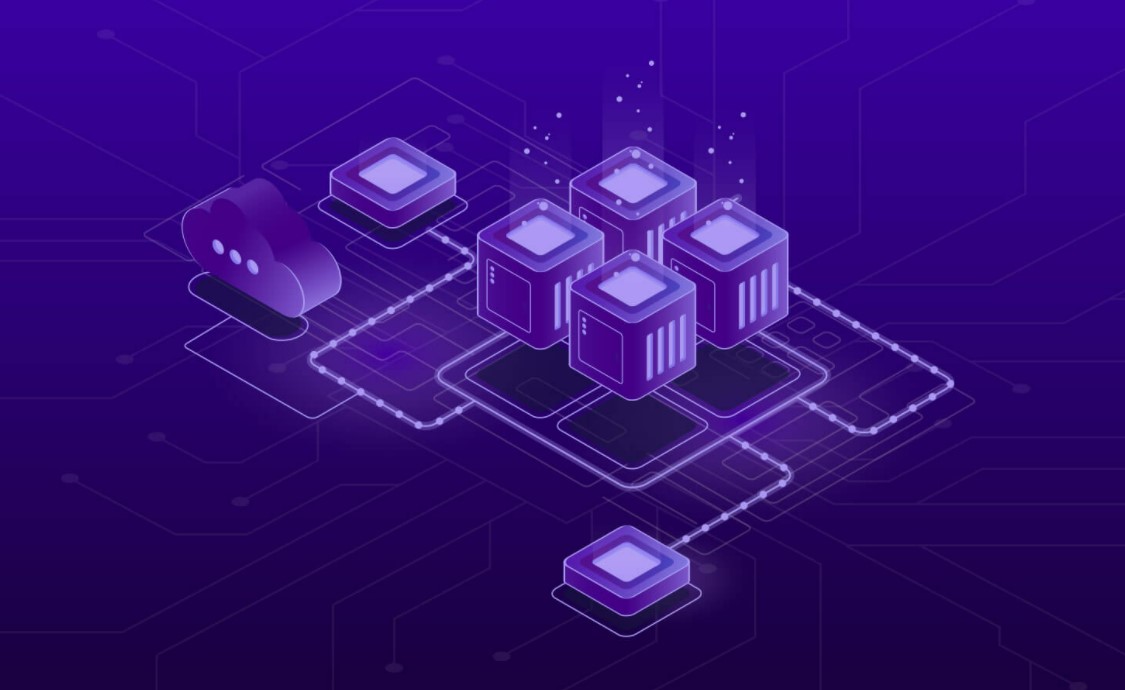Sharpen our axe with Cloud Computing Basics by VirtueTech
Have you ever wondered how your Instagram photos, WhatsApp chats are restored whenever you change your phone? All of this and much more is possible through cloud computing. Let’s start unraveling what it is.
What is Cloud?
Two decades before, the organization used to own every infrastructure like servers, database systems to deploy their services. But today, they need not possess everything on their own. They may seek cloud-based servers and databases. The term ‘Cloud’ refers to servers that are accessible on the internet. Softwares, databases are present on these servers. These servers are present in one or more data centres and managed by a cloud service provider.
Microsoft Definition of Cloud
Let us understand what is Cloud according to Microsoft’s website. The cloud is changing how applications are designed and secured. Instead of monoliths, applications are decomposed into smaller, decentralized services. These services communicate through APIs or by using asynchronous messaging or eventing. Applications scale horizontally, adding new instances as demand requires.
These trends bring new challenges. Application state is distributed. Operations are done in parallel and asynchronously. Applications must be resilient when failures occur. Malicious actors continuously target applications. Deployments must be automated and predictable. Monitoring and telemetry are critical for gaining insight into the system. This guide is designed to help you navigate these changes.
What are the primary services provided by Cloud?
- IaaS: IaaS or Infrastructure as a Service consists of Servers as the primary component provided by Cloud. In this model of the cloud, servers and storage space are rented by the company from the cloud service providers. Examples of IaaS service include - Google compute engine, Open-stack, Amazon EC2. Infrastructure as a Service is used by Infrastructure & Network architects.
- PaaS: PaaS or Platform as a Service consists of Operating systems, Databases, Development tools as the primary components provided by Cloud. This service can also be understood as consisting of everything a company needs to build its applications. The advantages of PaaS are primarily that it allows for higher-level programming with reduced complexity; the overall development of the application can be more effective, as it has built-in/self up-and-down ramping infrastructure resources; and maintenance and enhancement of the application is thus easier. Examples of PaaS service include - Microsoft Azure, Oracle cloud platform, AWS elastic beanstalk, SAP cloud platform. PaaS is primarily used by Application Developers.
- SaaS: SaaS or Software as a Service consists of Software as the primary component provided by Cloud. With SaaS, users need not install every application to their system, instead, they can use the ones present on the cloud. Examples of SaaS service include - Salesforce, Google Apps, Microsoft Office 365, Amazon web services, Netflix. SaaS is primarily used by the end-users.

A decision needs to be taken to decide what model suits you the best to complete your application. After deciding the model, you need to know how these applications are deployed. Do all these applications launched publicly for everyone or some of them reserved for a closed group of people?
Now let us move on to deployment types of the cloud.
What are the different types of Cloud Deployment?
- Public: It is a service provided by some external vendors usually open to all for usage and used by multiple organisations.
- When to use the public cloud?
- For general computing requirements, like communication or storage of non-sensitive data.
- In case of varying peak demands where additional resources are required.
- Example: Google drive
- When to use the public cloud?
- Private: It is a server reserved only for a particular organisation
- When to use a private cloud?
- When data is highly sensitive
- When a higher level of control is required
- In industries with highly regulated policies
- In organisations where high performance is a priority.
- Example – In the banking sector
- When to use a private cloud?
- Hybrid: It is a combination of the public as well as a private cloud. It is used in organisations where some of their services are meant for public usage while other services are to be used by a closed group of people.
- When to use a Hybrid cloud?
- For organisations where IT security and performance both matters in multiple verticals.
- For optimising your cloud requirements without compromising with the value.
- Example – In the gaming industry, where user data is stored on the public cloud, and apps are maintained on the private cloud.
- When to use a Hybrid cloud?
- Multi: Multi-cloud deployment consists of several public clouds.
- When to use multi-cloud? It is used typically in scenarios where you cannot rely on only one cloud service provider.
- Example - An organisation using services, servers, or databases from multiple vendors.
Why organisations are moving towards a hybrid cloud than a private or public cloud?
Public cloud requires less maintenance and is highly reliable as they have more servers as a backup for failure. Since you need to pay for the service you are using, these clouds are more affordable. The public cloud will provide innovation and flexibility. It will eliminate the capital required to own a cloud and maintain it. Moreover, you need to pay for the services that you use. The public cloud also comes with ample free resources to get through any bottleneck situation.
In the public cloud, you have less control over the data. You might not know in which data centre your data may be operating. That’s where the private cloud comes into the picture. Your sensitive data will remain in your private cloud protected by the firewall. While all non-sensitive data could be sent to the public cloud. It gives you more control over your data and customisations. The private cloud will ensure low latency that is another shortcoming of the public cloud. The private cloud has more flexibility. Private Cloud is an organisation’s cloud that gives you more customising option. It also ensures more control over the data.
However, by choosing a Hybrid model, the benefits of both the public and the private cloud can be leveraged and each other’s flaws’ are easily overcome. Though the hybrid model is a bit complex and tough to manage, its benefits are far more valuable. No wonder why it is most preferred nowadays.
Trending Cloud deployment services
With the continuously evolving cloud architecture and applications on the cloud, let’s take a look at how recent trends are changed.
A. Database as a Service (DbaaS)
DbaaS, also known as managed databases, was started by Amazon web services (AWS) in the year 2009. It is expected to grow by 320 million in the year 2025. Setting up database, operating, and managing is one of the crucial tasks for any organisation. DbaaS let you use database service without knowing about its exact implementation. Another advantage is its unanimous functioning regardless of the specifications of the database. The same service would work for any database used. It makes backing-up, creating, and resizing of database an easy task.

B. Blockchain as a Service (BaaS)
Now, you don’t need an on-premise blockchain network to create, host, and use blockchain applications. Use the blockchain environment provided by the cloud service provider. It is effective in delivering minimum viable product.
C. Big Data as a Service (BaaS)
This service comprises of statistical analysis tools or information. These tools help an organization to assess a large amount of unstructured data into useful insights. It helps them analyze the on-going business and how to gain competitive advantages.
D. Artificial Intelligence as a Service (AIaaS)
As cloud service becomes incredibly accessible, so does AI with companies gathering and storing infinite data. This is where AIaaS comes in. Fror companies that can’t or are unwilling to build their own clouds and build, test, and utilize their own artificial intelligence systems, AI as a service is the solution.
The Cloud is full of promising business opportunities. All we need is to know how to use it judiciously.
Contact us today to know more about how you can explore this colossal world of Cloud!




